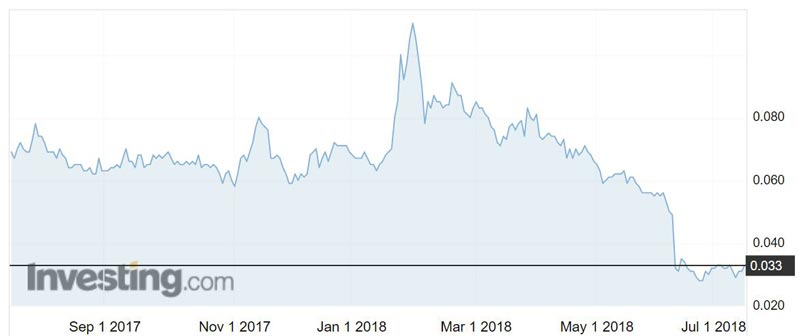Battery Minerals fattens the African ‘Elephant’ with graphite resource increase

The next big one? Pic: Getty Images
Battery Minerals has increased the graphite resource for a deposit known as “Elephant” — part of its project near Montepuez in the south-east African nation of Mozambique.
The resource has grown 14 per cent to 76.9 million tonnes at 7.3 per cent total graphitic carbon (TGC).
Battery Minerals has also increased the overall grade of the Montepuez project to 9.3 per cent from 8.9 per cent previously.
Shares added 6.5 per cent to reach an intra-day high of 3.3c on Monday morning.
On top of that, the company has uncovered a new prospect 1.5km to the south of Elephant that it has named “Warthog”.
The discovery drill hole returned a hit of 12m at 14.27 per cent TGC from just 1m below surface and follow-up drilling has confirmed it extends for about 500m.
Battery Minerals hasn’t had an easy time of it lately after losing a key investor and the $US30 million funding it needed to bring its Montepuez project into production.
Private equity investor Resource Capital Funds, which specialises in mining investments around the world, pulled out because “the graphite market no longer meets its investment criteria”.

Battery Minerals told investors in May it was hoping to ship graphite flake from Montepuez by March 2019 starting at 45,000 to 50,000 tonnes a year and expanding to 100,000 tonnes by 2020.
That has since blown out to June and was now “likely to be deferred from June 2019 for at least three months, but in any case approximately 12 months after project financing is completed”.
Battery Minerals recently raised $20 million from investors and is now trying to secure the rest of the funding.
“Battery Minerals is now engaged with a number of parties with an interest in participating in financing the balance of the development costs,” managing director David Flanagan said.
Stockhead is seeking further comment.
- Subscribe to our daily newsletter
- Bookmark this link for small cap news
- Join our small cap Facebook group
- Follow us on Facebook or Twitter
Unlike its battery metals peers, graphite has been a little late to start riding the coat tails of the so-called electric vehicle revolution.
But that looks like it could be about to change, with market forecaster Roskill saying graphite demand is about to experience “rapid growth and price escalation”.
Rising demand for graphite in lithium-ion batteries is predicted to underpin graphite demand growth of 5 to 7 per cent annually between 2017 and 2027.
Lithium-ion batteries use about 40 times more graphite – used in the anode – than lithium.
Roskill says that by 2027, graphite use in batteries could be five to 10 times higher than the current level, depending on the uptake of lithium-ion batteries in electric vehicles and other applications.
UNLOCK INSIGHTS
Discover the untold stories of emerging ASX stocks.
Daily news and expert analysis, it's free to subscribe.
By proceeding, you confirm you understand that we handle personal information in accordance with our Privacy Policy.








